More American Graffiti
3.8 /10 1 Votes
22% Rotten Tomatoes Genre Comedy, Drama, War Duration Language English | 5.2/10 IMDb Initial DVD release September 2, 2003 Country United States | |||||||||||||||||||||||||||||||||
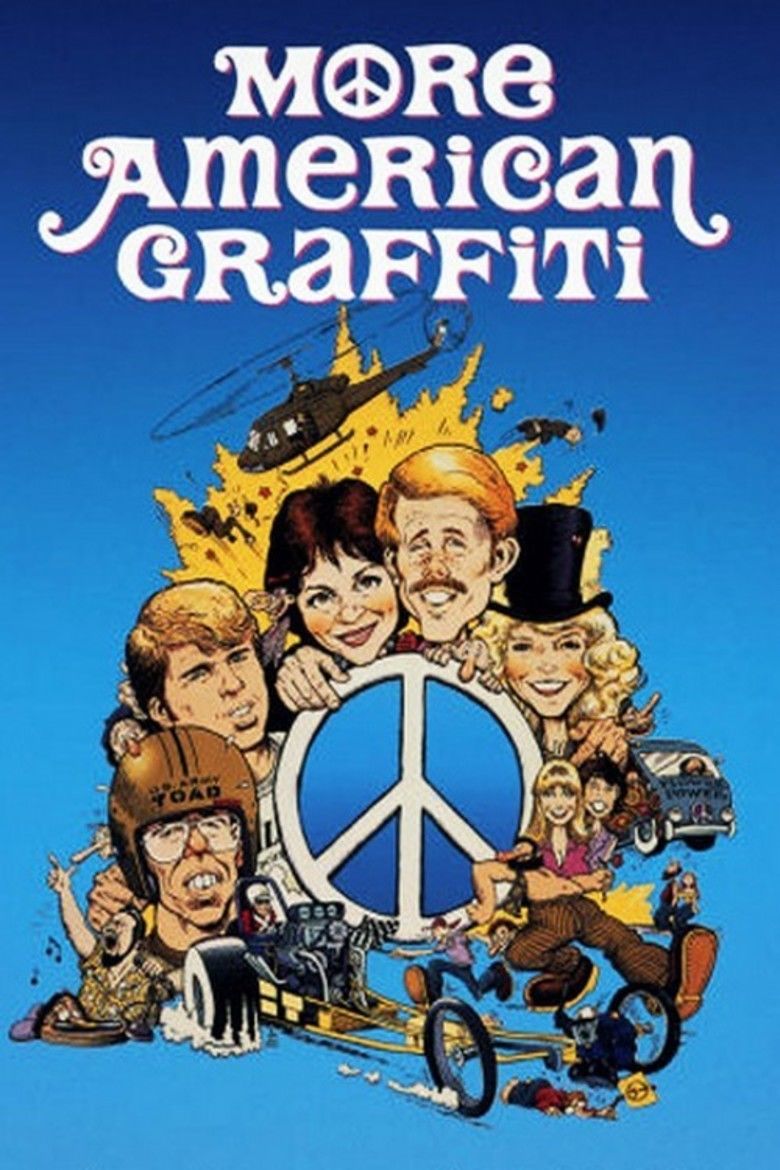 | ||||||||||||||||||||||||||||||||||
Release date August 3, 1979 (1979-08-03) Writer Film series American Graffiti film series Cast (Debbie Dunham), (Little Joe), (Steve Bolander), (John Milner), (Carol / Rainbow), (Terry the Toad) Similar movies Forrest Gump , First Blood , Rambo: First Blood Part II , The Veteran , Uncommon Valor , Cobra Mission 2 Tagline The sights and sounds of the '60s. There were bittersweet times. There were funny times. And it was all unforgettable. | ||||||||||||||||||||||||||||||||||
More american graffiti 1979 terry the toad story all scenes clips vietnam
More American Graffiti is a 1979 American comedy-drama film written and directed by Bill L. Norton. It is the sequel to the 1973 film American Graffiti. Whereas the first film followed a group of friends during the summer evening before they set off for college, this film shows where the characters from the first film end up a few years later.
Contents
- More american graffiti 1979 terry the toad story all scenes clips vietnam
- More american graffiti nhra paul le mat happy new year
- Plot
- Cast
- Production
- Soundtrack
- Reception
- References
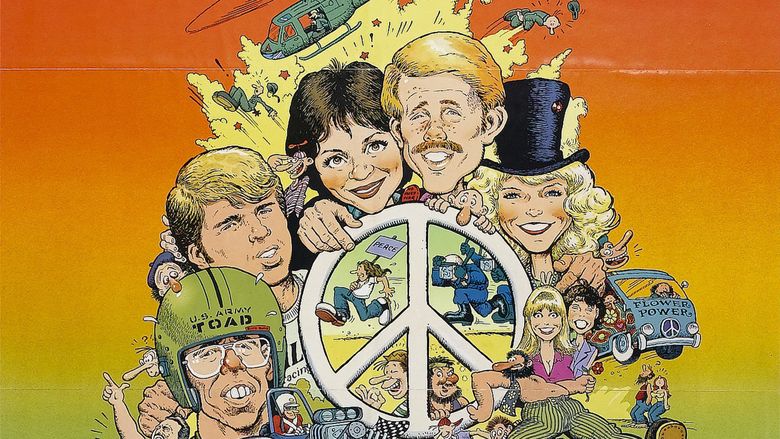
Most of the main cast members from the first film returned for the sequel, including Candy Clark, Ron Howard, Paul Le Mat, Cindy Williams, Mackenzie Phillips, Charles Martin Smith, Bo Hopkins, and Harrison Ford. Richard Dreyfuss was the only principal cast member from the original film not to appear in the sequel. It was the final live-action film in which Ron Howard would play a credited, named character.
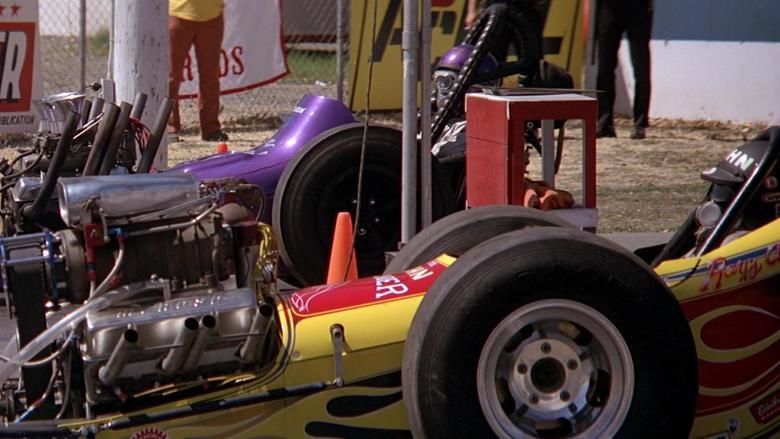
More american graffiti nhra paul le mat happy new year
Plot
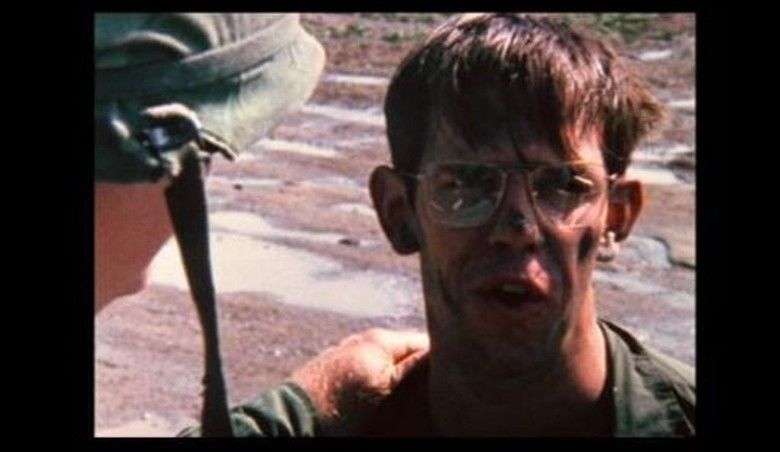
The film, set over the course of four consecutive New Year's Eves from 1964 to 1967, depicts scenes from each of these years, intertwined with one another as though events happen simultaneously. The audience is protected from confusion by the use of a distinct cinematic style for each section. For example, the 1966 sequences echo the movie of Woodstock using split screens and multiple angles of the same event simultaneously on screen, the 1965 sequences (set in Vietnam) shot hand-held on grainy super 16 mm film designed to resemble war reporters' footage. The film attempts to memorialize the 1960s with sequences that recreate the sense and style of those days with references to Haight-Ashbury, the campus peace movement, the beginnings of the modern woman's liberation movement and the accompanying social revolt. One character burned his draft card, showing a younger audience what so many Americans had done on the television news ten years before the movie's release. Other characters are shown frantically disposing of their marijuana before a traffic stop as a police officer pulls them over, and another scene shows the police brutality with billy clubs during an anti-Vietnam protest.
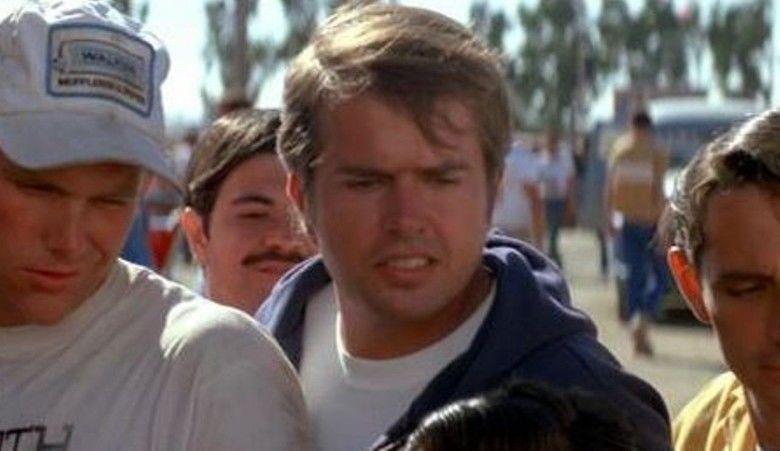
The listed fates of the main characters at the ending sequence of American Graffiti were updated again at the end of this sequel. In More American Graffiti, John Milner was revealed to have been killed by a drunk driver in December 1964, with the ending scene of the movie driving his trademark yellow Deuce at night on a lonely, hilly highway toward another vehicle's headlights. After disappearing over a small hill, neither his taillights nor the approaching car's headlights are seen again, hinting that the fatal crash occurred there. Set on New Year's Eve 1964, it is never actually shown that his tragic end comes after his racing win on the last day of the year, very probably instead into the first few moments of 1965, given that the 1967 segment was just barely into 1968. The anniversary of John's death is mentioned in both the 1965 and 1966 sequences. Terry "The Toad" Fields' classification as "missing in action" faked his own death being there was no body, he wouldn't be classified as killed in action and as he says he is going to Europe meaning he most likely won't return to America. Terry is believed to be dead by his superiors in 1965 and by his friends – Debbie in 1966 and Steve and Laurie in 1967. Joe Young (the leader of "The Pharaohs"), Toad's war partner, vividly meets his death with a sniper's bullet to the chest in one scene after having promised to make Terry a Pharaoh once they get back from Vietnam.
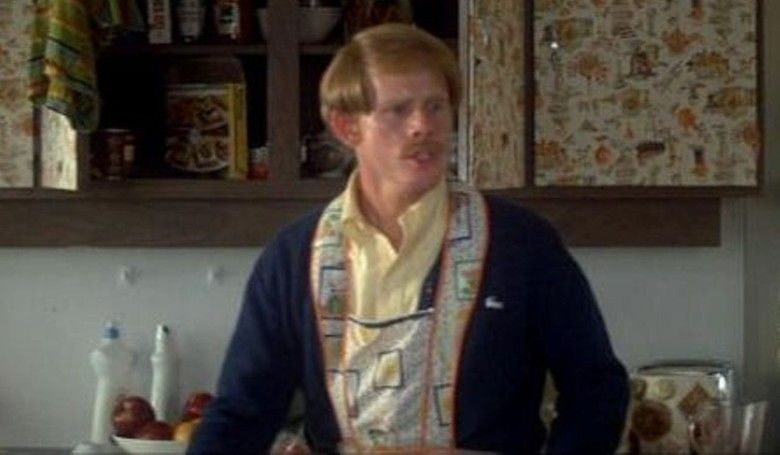
The relationship of Steve and Laurie is strained by Laurie's insistence that she start her own career, though Steve forbids it saying he wants her to be a mom to their young twins. Free-spirited Debbie "Deb" Dunham has turned from Old Harper to marijuana and has given up her platinum blonde persona for a hippie/groupie one in a long, strange trip that ends with her performing with a country-and-western music group. Wolfman Jack briefly reprised his role, but in voice only. The drag racing scenes for More American Graffiti were filmed at the Fremont Raceway, later Baylands Raceway Park (now the site of automobile dealerships), in Fremont, California.
Cast
Production
The movie was written and directed by Bill L. Norton who was picked by Lucas as being suitable due to his California upbringing and experience with comedy. Lucas was involved in the production by acting as the executive producer, editing both Norton's screenplay and the finished motion picture, and even manning a camera for sequences set in the Vietnam War.
Soundtrack
The film also featured a 33-track soundtrack entitled More American Graffiti, featuring music from the movie along with voice-over tracks of Wolfman Jack. The soundtrack, originally released in 1979 as MCA 2-11006, is long out of print, and has never been released on CD.
A fictional band called Electric Haze featuring Doug Sahm appears in the film, most notably performing the Bo Diddley song "I'm A Man".
An earlier album, also entitled More American Graffiti, was an official album sequel to the first soundtrack to American Graffiti. The album (MCA 8007) was released in 1975, four years before the film sequel of the same name was released. While only one of the songs in this album was actually used in the 1973 motion picture, this collection was compiled and approved by George Lucas for commercial release. In 1976 MCA Records released a third and final Various Artists double album set entitled: American Graffiti Vol. III (MCA 8008). Unike the first two albums, American Graffiti Vol. III does not include Wolfman Jack dialogue.
Reception
More American Graffiti opened on August 3, 1979. The Numbers cites the gross at $8.1 million, and Box Office Mojo at $15 million. Despite its minor box office success, its gross was nowhere near as high as that of American Graffiti, even though Ron Howard, Cindy Williams and Harrison Ford were bigger stars (due to their major roles in the TV hits Happy Days and Laverne & Shirley and the film Star Wars ) in 1979 than they had been in 1973.
The film received negative reviews from critics, in contrast to the critical acclaim received by its predecessor. Rotten Tomatoes reported that 22% of critics were positive based on nine reviews.
Dale Pollock of Variety stated in his review that "More American Graffiti may be one of the most innovative and ambitious films of the last five years, but by no means is it one of the most successful."
Lucas reflected on the experience in 1997 during the production of Star Wars: Episode I – The Phantom Menace, remarking to Frank Oz, "You just never know on these things. I did a More American Graffiti; it made ten cents. Just failed miserably."
References
More American Graffiti WikipediaMore American Graffiti IMDbMore American Graffiti Rotten TomatoesMore American Graffiti themoviedb.org
